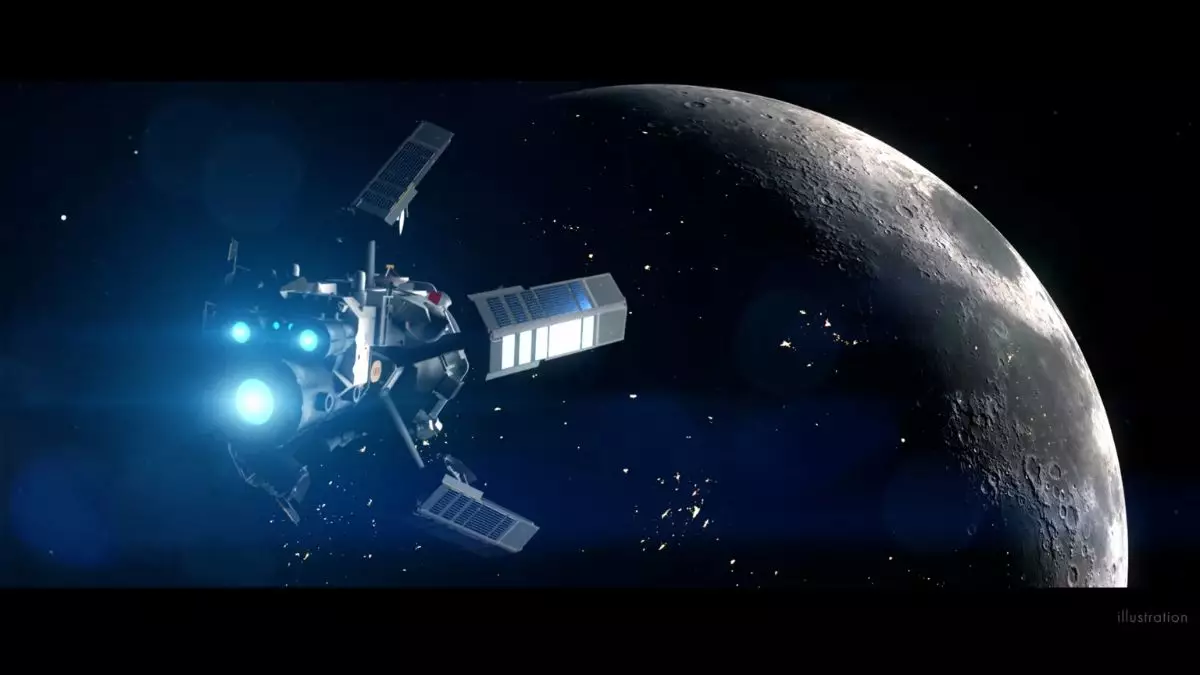The ambitious plans laid out by Pulsar Fusion to develop nuclear fusion-powered rockets represent a thrilling intersection between innovation and astronomical exploration. These rockets, aptly named “Sunbirds,” promise to slingshot humanity’s ventures throughout the solar system, radically reducing travel times. The notion that one could cut the journey to Mars in half or reach Pluto in a mere four years is tantalizing. Such leaps could pave the way for sustained human presence beyond Earth, a dream long revered by enthusiasts and scientists alike.
However, amidst the excitement lies an unshakable skepticism. The challenge of mastering nuclear fusion, often dismissed as “the energy of tomorrow,” presents a daunting barrier. While the technology may sound revolutionary on paper, its execution remains precarious.
Technological Hurdles: Reality Check
Pulsar Fusion’s proposed Duel Direct Fusion Drive (DDFD) engine aims to utilize deuterium and helium-3 for propulsion, untying spacecraft from conventional chemical fuel limitations. This approach dares to reimagine space travel; however, as Paulo Lozano of MIT points out, the path to a functioning fusion system is riddled with complexity. The promise of generating power to thrust space vehicles is tantalizing, but executing it in a compact and efficient manner can be akin to juggling chainsaws.
Pulsar Fusion’s assertion that conditions in space may ease the fusion process is an encouraging notion, but optimism must be tempered with caution. The vacuum of space could theoretically eliminate some terrestrial obstacles, yet a fully operational system capable of reliable fusion propulsion remains a distant target. The sheer complexity of achieving consistent and safe fusion in a compact vessel is still uncharted territory, and waving off these concerns would be a disservice to science.
The Road Ahead: Feasibility Questions
Despite the allure of the Sunbirds, the lack of concrete timelines and feasibility remains disconcerting. Initial propulsion tests planned for this year will, for now, employ inert gases instead of the elusive helium-3. Such maneuvers, while practical in the short term, evoke questions about the sufficiency of research and the eventual scalability of the project. Each delay adds layers of doubt regarding the technology’s practicality, as does the need to source helium-3, a costly resource with no current mining plans.
Some enthusiasts argue moon mining for helium-3 could be the salvation for such projects, but until practical methods and timelines are laid out, such musings remain speculative. The operational timeline and infrastructure projections from Pulsar Fusion are woefully vague, leaving many to wonder whether this ambitious venture is a case of visionary thought or just smoke and mirrors.
While the possibilities of nuclear fusion-powered rockets are undeniably captivating and may one day revolutionize space travel, it is essential to remain grounded in the scientific realities of such endeavors. Pulsar Fusion’s Sunbird project could one day illustrate the true potential of human ingenuity, but skepticism is a crucial component in assessing the feasibility of such a celestial leap. After all, innovation without practical verification is little more than an enticing dream.



Leave a Reply